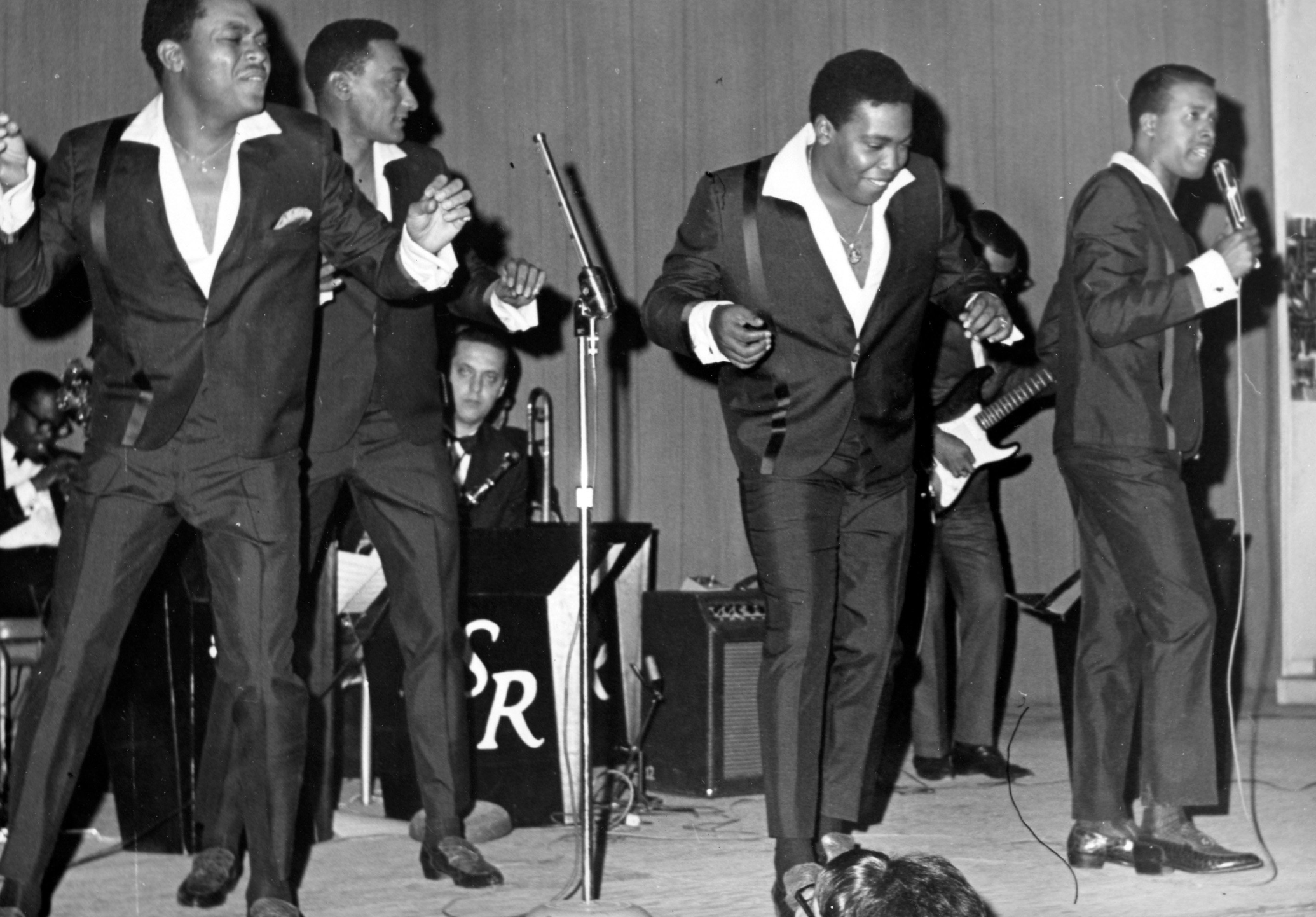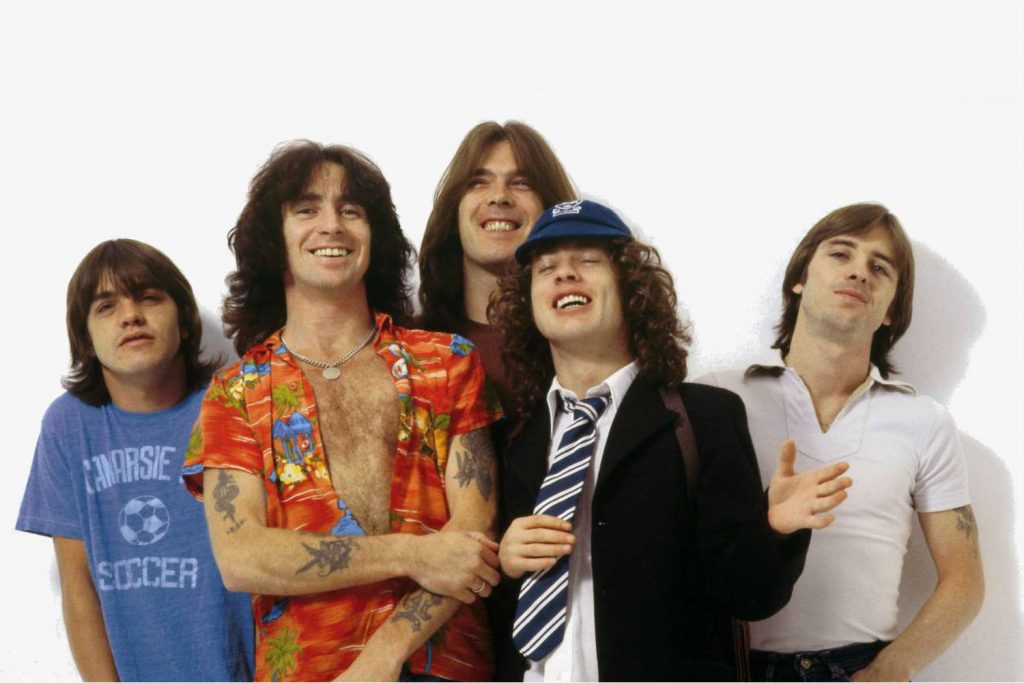From volume pedals to spring reverb, these foundational effects shaped the raw sound of rock n' roll before the era of modern pedalboards.
The world of guitar effects in vintage rock n’ roll can be steeped in mystery. Urban legends of amplifiers falling out of the truck on the way to the recording session, speakers being slashed or linking pre-amps together (something not recommended), all in the pursuit of overdrive. Yet the importance of how tremolo, tape delay and reverb shape the sound of a guitar gets overlooked these days. Artists like Dick Dale, Link Wray and Bo Diddley experimented with these early effects, creating raw and aggressive rock n roll. Like rock n’ roll, all these effects have evolved into new sonic and feature-laden territories, but in keeping with the spirit of rock n’ roll, all examples will be simple to use.
Catch up on all the latest news here.
Volume Pedal
Commonly taken for granted these days as a way to cut a pedalboard signal, the volume pedal is the oldest guitar effect. Although first popularised by pedal steel players, the volume pedal began to show up in guitarists’ rigs in the 1960s alongside tape echo units and fuzz to create cello-like swells and psychedelic sounds.
Try these:
Ernie Ball Volume Pedal
Dunlop DVP3 or DVP4
Boss FV-500H
Tremolo
Not to be confused with a tremolo/vibrato arm on a Stratocaster, Tremolo in this instance pulsated changes in volume usually by sine, triangle or square waves. The first mass-produced stand-alone tremolo effect unit was made by DeArmond in the early 1940s and can be heard throughout the recordings of Bo Diddley. By the 1950s, built-in tremolo became common in amps, most notably the Fender Princeton or Vibrolux.
Try these:
Boss TR-2
JHS 3-series Tremolo
Strymon Flint
Tape delay
Les Paul and Sun Records popularised the slapback echo, a short, one-repeat echo on their studio recordings throughout the late 1940s and early 1950s. By 1953, the world saw stand-alone units that were designed for guitar. It wasn’t until the psychedelic music of the 1960s that tape delay units became popular when playing live.
Try these:
Nux Tape Core
Boss RE-2 or RE-202
T. Rex Replicator D’Luxe
Spring reverb
One of the most common effects used on guitar and often associated with having a hand in the birth of surf music is spring reverb. Initially popularised by the Hammond Organ Company in the 1930s as a means for organists to create space and depth artificially for usage at home or studio. It wasn’t until 1961 that the world saw a stand-alone spring reverb unit designed for guitar, which would quickly become integrated into amplifiers by 1963 because of its popularity.
Try these:
Electro Harmonix Oceans 11
Surfy Industries Surfybear Reverb
Anasounds Element Spring Reverb
Boost
Since the birth of guitar amplification, guitarists have wanted more sustain and more volume. By the 1960s, guitarists saw the first incarnations of boosters, with the most notable being the Dallas Range Master, commonly associated with Brian May of Queen and Black Sabbath’s Tony Iommi. However, many guitarists were finding unconventional ways to add overdrive to their sound. For example, Deep Purple’s Ritchie Blackmore, who boosted his Marshall stacks with a preamp from a tape recorder, or The Guess Who’s Randy Bachman, who would link a smaller wattage amp that would be overdriven into a larger wattage amp, often frying the small amp in the process due to it not being designed for that purpose. These types of sounds are often misheard by overdrive pedals, which weren’t commercially available until the mid-1970s.
Try these:
Mooer Pure Boost
Danelectro The Breakdown
Electro Harmonix LPB-3
These five effects laid the foundation for everything that followed in guitar tone. While modern pedalboards might tower with digital processors and multi-effects units, there’s something undeniably powerful about stripping it back to the basics.







